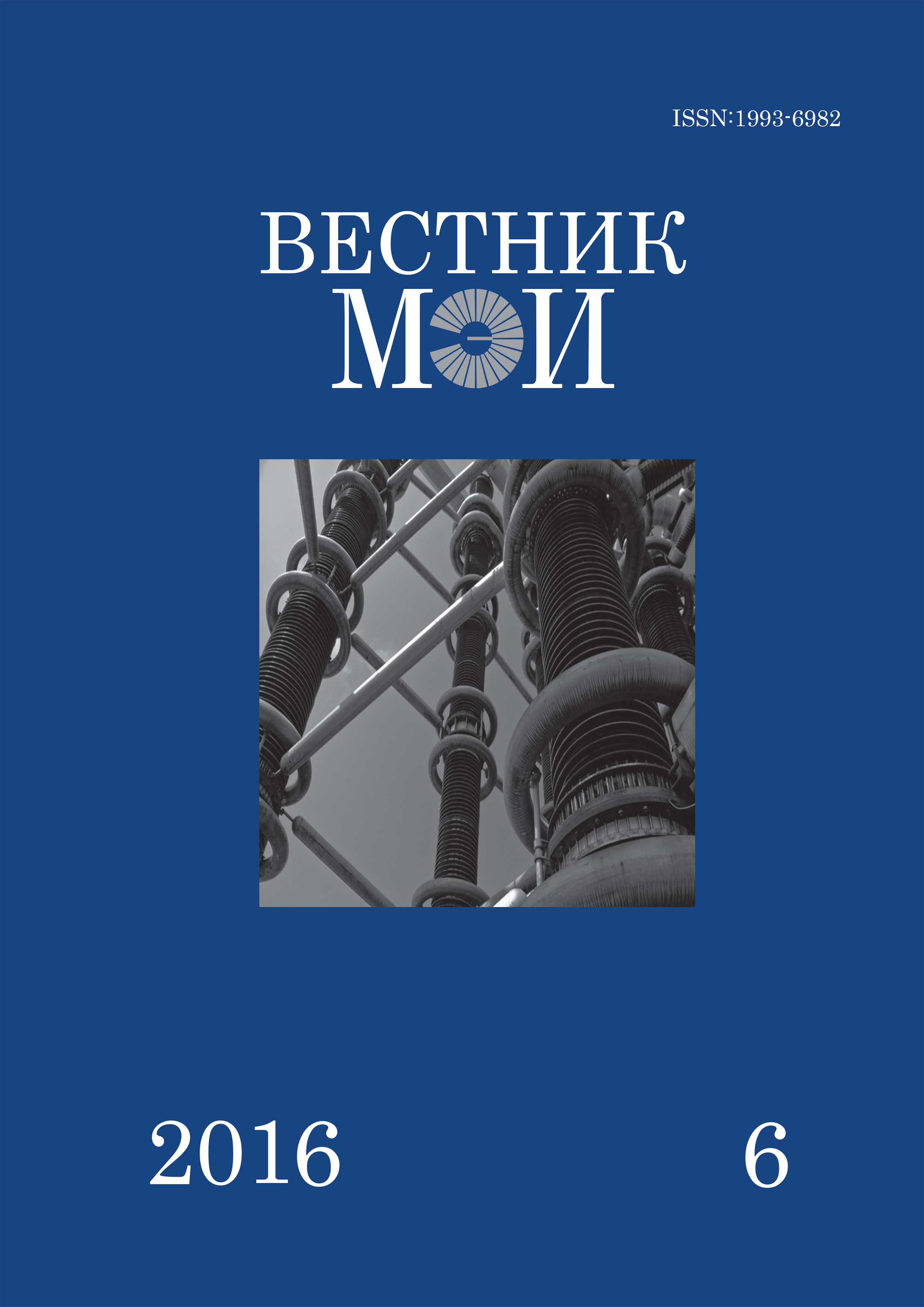Математическое моделирование процесса контролируемого охлаждения загрузки в вакуумно-компрессионной печи сопротивления
Аннотация
Представлена математическая модель нестационарного процесса сложного теплообмена при контролируемом охлаждении изделия (загрузки) в потоке газа в вакуумно-компрессионной печи, приведены результаты исследования на модели. Выбран вариант конфигурации газораспределительной системы, обеспечивающий наилучшее качество процесса контролируемого охлаждения. Печи, в которых термические процессы могут проводиться как в вакууме, так и при избыточном давлении, называются вакуумно-компрессионными. Нагрев в вакуумно-компрессионных печах сопротивления необходим для проведения многих технологических процессов, в частности, пайки как твердыми припоями, так и с применением флюсов с целью получения надежных паяных соединений деталей для ракетостроения, атомной, аэрокосмической и других отраслей промышленности. Технологический процесс большинства вакуумно-компрессионных печей включает в себя нагрев изделия, выдержку и контролируемое охлаждение в защитной среде. Одним из важных условий успеха (например, получения качественных паяных соединений) является равномерность температурного поля в изделии как при нагреве, так и при охлаждении. Однако не менее важно поддержание заданной скорости охлаждения. Обеспечить сочетание высокой равномерности температурного поля и точного соответствия скорости охлаждения заданию позволяет правильный выбор конструкции и параметров системы обдува загрузки. Сюда входят конфигурация газопроводящих отверстий, требуемый расход охлаждающей среды, пространственное размещение входных и выходных отверстий, соответствующее геометрии печной камеры и расположению загрузки. Процесс контролируемого охлаждения крупной загрузки в вакуумно-компрессионной печи для пайки исследован методом математического моделирования с использованием конечно-элементного расчетно-программного комплекса ANSYS. С учетом принятых допущений моделирование процесса контролируемого охлаждения загрузки в потоке газа сведено к решению задачи нестационарной теплопроводности с граничными условиями III рода, учитывающими конвективную и излучательную составляющие сложного теплообмена. На модели получены поле скоростей газа и картина температурного поля в загрузке при различных вариантах конфигурации газопроводящих отверстий и различном расходе охлаждающего газа. Найдена предпочтительная, с точки зрения сочетания высокой равномерности температурного поля и оптимальной скорости охлаждения, конфигурация с четырьмя выходными отверстиями, определен необходимый расход охлаждающего газа.
Литература
2. Погребисский М.Я., Киренская О.К., Батов Н.Г. Теплопередача в электрических печах сопротивления.
М.: Издательский дом МЭИ, 2009.
3. Каплун А.Б., Морозов Е.М., Олферьева М.А. ANSYS в руках инженера. М.: Едиториал УРСС, 2009.




